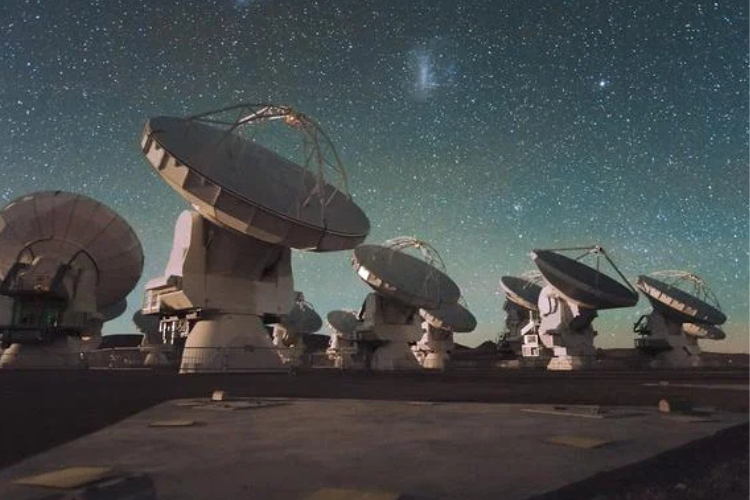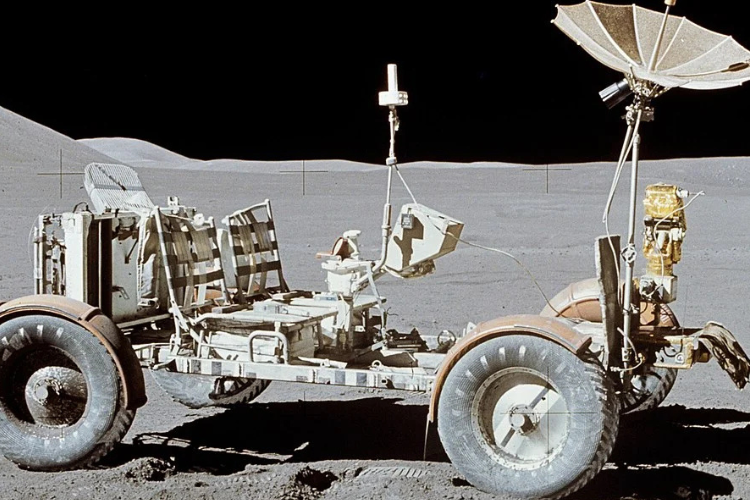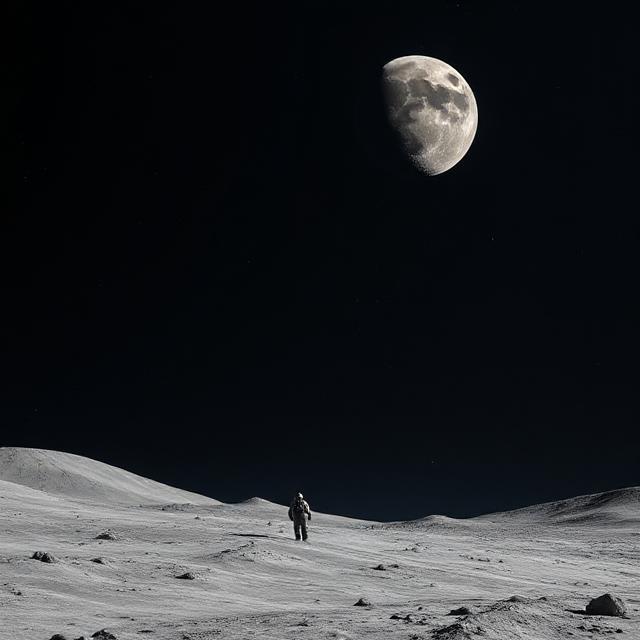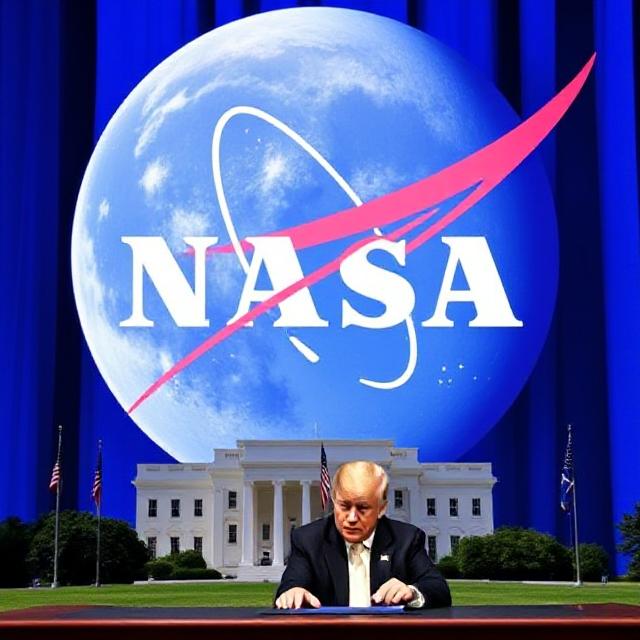An analysis done by the University of Chicago of Mars Science Laboratory Curiosity rover data may added why the planet was probable a harsh desert for most of latest past.
The deep canyons on Mars shaped by ancient rivers showed that planed was once warm enough to help flowing liquid water.
But how did it transform into cold dry desert we see today and what caused this dramatic shift.
A latest study led by Edwin Kit scientist at University of Chicago offers latest explanation for this long standing mystery
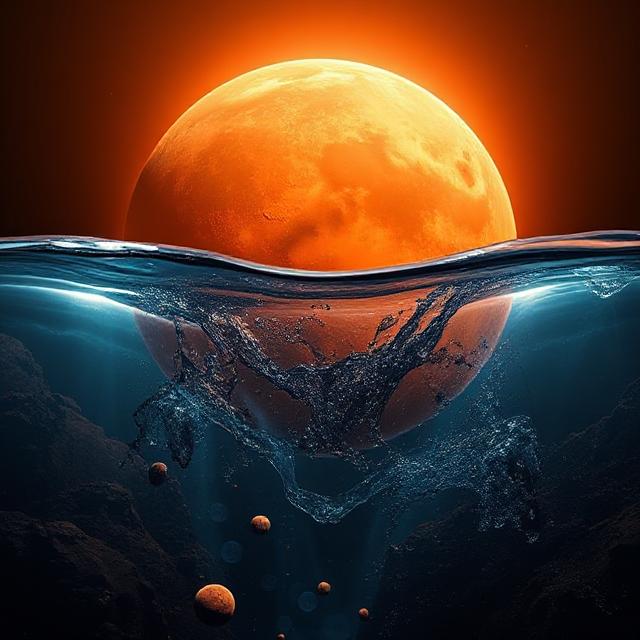
Mars
Due to planet unqiue conditions these warm phases were short lived and Mars reverted to its dry inhospitable state.
Unlike Earth which has remained steadily habitable Mars appear to follow natural pattern that favors deser like condition over time.
The study builds on findings from NASA Mars Science Laboratory Curiosirt mission that were revealed in April the rover ultimately found rocks rich in carbonate mineral which could explain where Mars atmosphere went.
A Martian mystery
The explanation was made possible by Curiosity discovery revealed earlier this year of carbonate rich rocks on Mars surface.
This had been missing piece of puzzle for years the scientists added.
To have had liquid water, Mars had have a thicker atmosphere made up of greenhouse gas like CO2.
There is little atmosphere leaving a puzzle of where the carbon went.
“People have been looking for tomb for atmosphere for years” said Kite.
“It really is somethign you cannot know untile you have rover on surface” said study coauthor Benjamin Tutolo professor at University of Calgary
“The chemistry and mineralogy measurement they provide really are essential in our continuing quest to understand how and why planet stay habitable in order to search for hospitable wolrd out in universe”.
Mars has same makeup as Earth its a rocky planet with plenty of water and carbon near to sun to warmed but not cooked by it and today its a frozen desert while Earth fill with life.

Mars
For years scientists have searching for reply to why you are reading this from Earth and not Mars.
The mystery deepened when we were able to see river carved valley and old lakebeds on surface of Mars showing planet at some point did have climate that was warm enough for liquid water.
“Mars preserves a trace of that enviromental catastrophe in rocks on its surface” Kite said
“And today we are in golden age of Mars science with two plutonium powered rovers on surface and international fleet of spacecraft in orbit that permit us to deeply explore the planet for these traces”
When it comes to keeping planet balmy and mild is not enough to begin out that method there need to mechanism for stability over time that can reply to changes on and around the planet.
Scientist think Earth does this throug finely balance system that moves carbon from sky to rock and back again.
CO2 in atmosphere warms the planet but warmer temperature speed up reactions that lock up carbon dioxide into rock which finally counteracts the temperature rise.
Finally carbon leaks back out into atmosphere via volcanice eruptions.
Over million of years this cycle seems to have kept Earth stable and hospitable for life.
On Mars researchers said a similar cycle could take place but self limiting one.
It hinges on fact that our sun brightness rises very slowly over time about 8 percent per billion years.
As the sun brightens the scientist hypothesize liquid water starts running on Mars. But this water starts causing co2 to get lockied into rocks as it does on Earth which swings the planet back to cold and barren desert.
“In contrast to Earth where there are some volcanoes erupting. Mars right now is dormant and average rate of volcanic outglassing on Mars is slow
Kite said
“So in that situation you really have balance between carbon dioxide in and carbon dioxide out because if you have little bit of liquid water you are going to draw down carbon dioxide through carbonate formation”

Mars
The group buil models showing how these swings could occur.
They said that Mars experience short periods of liquid water followed by 100 million year long periods of desert.
Needless to added a 100 million year long gap in habitability is worse for life.
